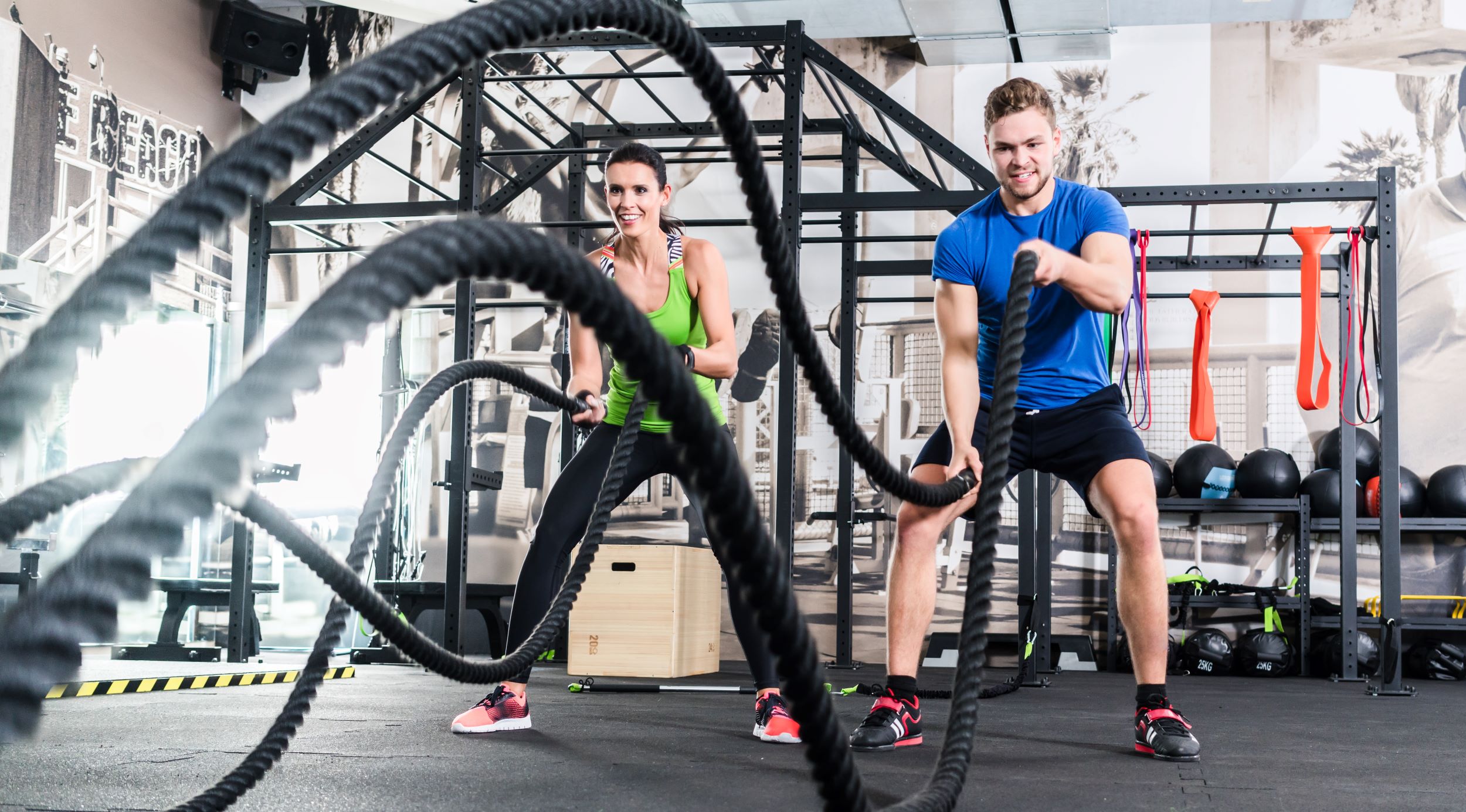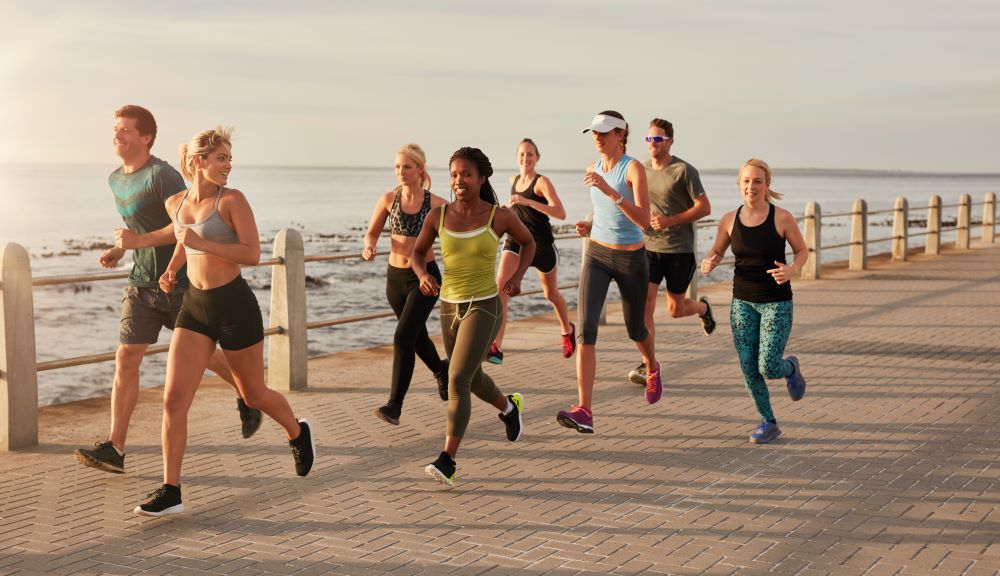Running is not just about putting one foot in front of the other; it’s a dynamic fitness journey that can be tailored to meet specific goals. **Varied running workouts** play a crucial role in enhancing performance, preventing injuries, and keeping the routine exciting. By incorporating diverse running techniques, you can break through plateaus, build different muscle groups, and improve overall endurance. Whether you’re a seasoned runner or a beginner, understanding how to vary your workouts can lead to a more fulfilling running experience.
But why is variety so essential? When you stick to the same running routine, your body becomes accustomed to the stress, leading to diminished returns over time. By mixing in different types of runs, such as speed intervals, hill sprints, and long-distance jogs, you challenge your muscles and cardiovascular system in new ways, promoting growth and adaptation. Additionally, varying your workouts helps to prevent the mental burnout that can come from monotonous routines, keeping your motivation levels high.
From enhancing cardiovascular health to boosting mental well-being, the benefits of varied running workouts are numerous. As you embark on this journey, remember that every step is a leap towards fitness freedom. Embrace the joy of running with us and discover how tailored workouts can lead to trailblazing adventures. Ready to take the first step? Visit our website to learn more and get started today!
Benefits of Changing Running Routines

Adopting a diverse running routine is not just about adding excitement to your workouts; it brings a host of **health and performance benefits** that can significantly enhance your running journey. One of the most immediate advantages is the reduction in injury risk. By varying your running patterns, you target different muscle groups and allow others to recover, thus preventing overuse injuries such as shin splints and runner’s knee.
Another key benefit is improved overall performance. Different types of runs, such as tempo runs, interval training, and hill workouts, each have unique advantages. For instance, interval training can increase your speed and stamina, while hill workouts build strength and power. By mixing these workouts, you can create a well-rounded fitness plan that targets multiple aspects of running performance.
Changing your routine also contributes to increased motivation and mental engagement. Running the same route and pace every day can lead to boredom and burnout, but by introducing variety, you keep your mind engaged and interested. This mental stimulation can translate into better focus and determination during races or personal challenges.
Furthermore, a varied running routine can enhance cardiovascular endurance. By pushing your heart rate to different levels through diverse running paces, you improve your cardiovascular system’s efficiency, thereby boosting your endurance over long distances.
Incorporating variety into your running routine not only improves your physical capabilities but also enriches your overall running experience. Whether it’s through exploring new trails or experimenting with different running techniques, the benefits are both profound and rewarding, ensuring every run is a step towards optimal fitness.
Understanding Different Running Techniques

For runners aiming to maximize performance and prevent injuries, understanding and applying different running techniques is crucial. Each technique offers unique benefits, catering to specific training goals and body mechanics.
One of the most popular techniques is the **Chi Running method**, which emphasizes posture and core strength to reduce impact and enhance efficiency. This technique encourages a forward lean from the ankles and a mid-foot strike, aligning the body to minimize strain on the joints.
Another notable technique is the **Pose Method**, which focuses on harnessing gravity to propel the body forward. By landing on the balls of the feet and maintaining a slight forward lean, runners can reduce the braking forces often associated with heel striking, leading to a more fluid motion.
**Barefoot running** has gained attention for its potential to strengthen foot muscles and improve balance. While it’s not suited for everyone, transitioning to minimalist footwear can encourage a more natural running form, promoting a forefoot or mid-foot strike and reducing the risk of certain injuries.
**Interval running** is a technique that alternates between high-intensity sprints and periods of rest or low-intensity jogging. This method boosts cardiovascular fitness and speed, making it a staple in many training programs.
Understanding these techniques allows runners to tailor their workouts to personal goals and physical needs. By experimenting with and integrating different methods, runners can enhance their performance, reduce injury risk, and enjoy a more fulfilling running experience. Whether you’re a seasoned marathoner or a casual jogger, exploring these techniques can open up new horizons in your running journey.
Incorporating Interval Training Effectively

Incorporating interval training into your running routine can significantly boost your **speed**, **endurance**, and **overall fitness**. This method alternates between periods of intense effort and recovery, and when done correctly, it can transform your workouts.
To effectively incorporate interval training, start by determining your goals. Are you aiming to increase speed, build endurance, or improve cardiovascular health? Once your objectives are clear, select the type of interval workout that aligns with them. For speed, shorter, high-intensity intervals with longer rest periods, like 400-meter sprints with two-minute recovery, are beneficial. For endurance, longer intervals at a moderate pace are ideal.
**Warm-up** is crucial before any interval session. Spend at least 10-15 minutes performing dynamic stretches and light jogging to prepare your muscles and reduce injury risk. This primes your body for the demands of interval training.
A typical interval session might consist of 5-10 sets of sprints followed by recovery phases. It’s essential to listen to your body during these workouts. Pushing too hard can lead to burnout or injury, so balance is key. Gradually increase the intensity and duration of your intervals as your fitness improves.
Incorporate **interval training** into your routine once or twice a week, allowing for rest or low-intensity workouts on alternate days to facilitate recovery. This ensures the body adapts and strengthens without overtraining. Interval training not only makes workouts more engaging but also brings measurable progress, helping you achieve your running goals faster.
Enhancing Performance with Cross-Training
Cross-training is an invaluable tool for runners looking to enhance performance and minimize the risk of injury. By incorporating activities other than running into your routine, you can develop a more balanced fitness regimen that targets different muscle groups, improves flexibility, and adds variety to your workouts.
**Swimming**, for instance, is an excellent low-impact exercise that builds cardiovascular endurance and strengthens muscles without the stress on joints. This makes it a perfect complement to running, as it helps maintain aerobic fitness while allowing your body to recover.
Cycling is another effective cross-training option. It enhances **leg strength** and **stamina** while providing a change of pace from traditional running. Moreover, cycling helps improve joint mobility and can serve as active recovery on low-intensity workout days.
Incorporating strength training into your routine is also crucial. Exercises focusing on core stability, such as planks and Russian twists, can significantly improve running form and efficiency. Meanwhile, resistance training targeting the lower body, including squats and lunges, builds stronger leg muscles, leading to better performance and reduced injury risk.
Yoga and Pilates are excellent for increasing flexibility and enhancing mental focus. These disciplines promote muscle lengthening and joint mobility, which can lead to improved running technique and efficiency. They also offer a mental break, helping to reduce stress and prevent burnout.
By adding diverse activities into your weekly regimen, you not only keep your workouts exciting but also ensure a comprehensive approach to fitness. Whether it’s swimming, cycling, strength training, or yoga, cross-training provides a holistic way to boost running performance.
Creating a Personalized Running Schedule

Crafting a **personalized running schedule** is crucial for achieving your fitness goals while ensuring you enjoy the journey. A well-designed plan takes into account your current fitness level, running experience, lifestyle, and objectives, enabling you to train effectively and safely.
Begin by assessing your current fitness level. Are you a beginner, intermediate, or advanced runner? This will determine the starting point of your schedule. If you’re new to running, focus on gradually increasing your mileage and incorporating rest days to allow your body to adapt. For seasoned runners, consider integrating speed work and hill training to push your limits.
Next, identify your goals. Are you training for a specific race, aiming for weight loss, or simply running for fun? Your objectives will shape the intensity and structure of your workouts. For race preparation, include long runs and tempo sessions, whereas for general fitness, a mix of different workouts can keep things interesting and enjoyable.
Incorporate rest and recovery into your schedule. Rest days are not just for relaxation but are vital for preventing burnout and injury. Listen to your body and adjust your plan as needed, ensuring you stay motivated and injury-free.
Remember to keep your schedule flexible. Life can be unpredictable, so having the ability to adapt your plan will help maintain consistency. Consider using running apps or seeking advice from a coach to tailor your schedule further.
Ready to take the first step towards a customized running journey? Visit our website to learn more and get started today! Embrace the joy of running with a schedule that suits your needs and lifestyle.


